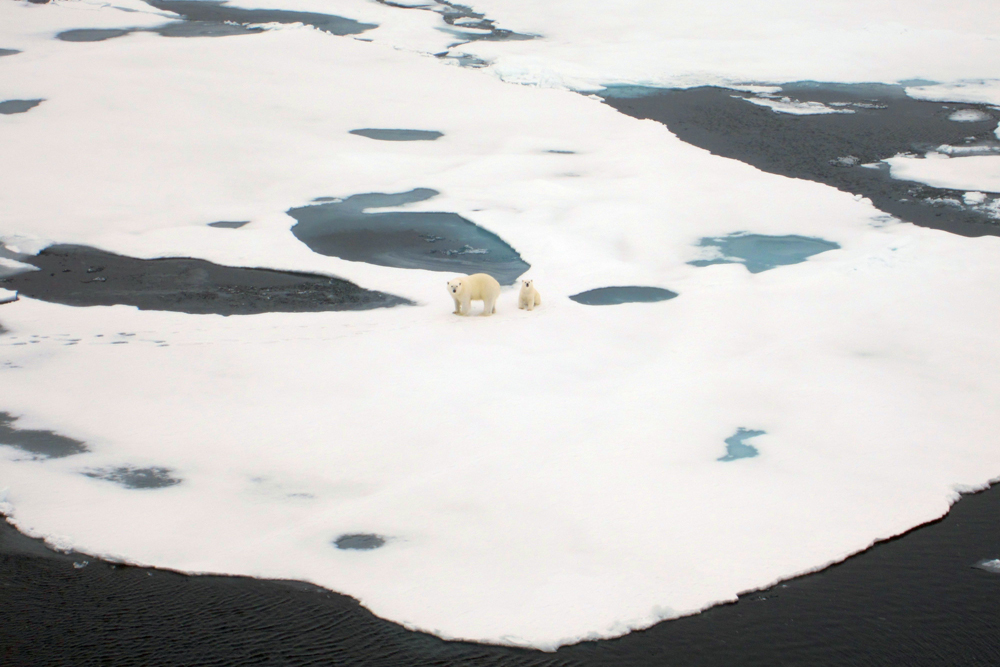
Changing habitat

As the climate has changed, polar bears have shifted their diets in response, several new papers published in 2013 showed.
Melting sea ice
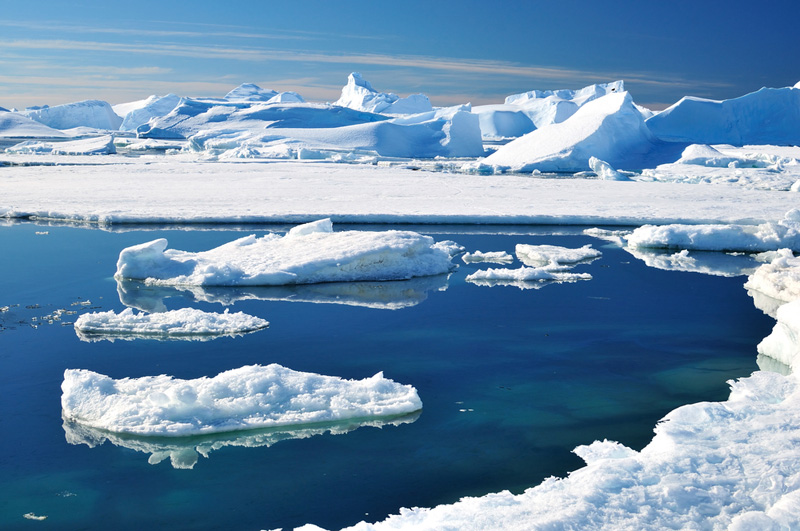
Declines in sea ice have meant that polar bears in the western Hudson Bay cannot hunt their main prey for longer stretches of the year.
Preferred prey
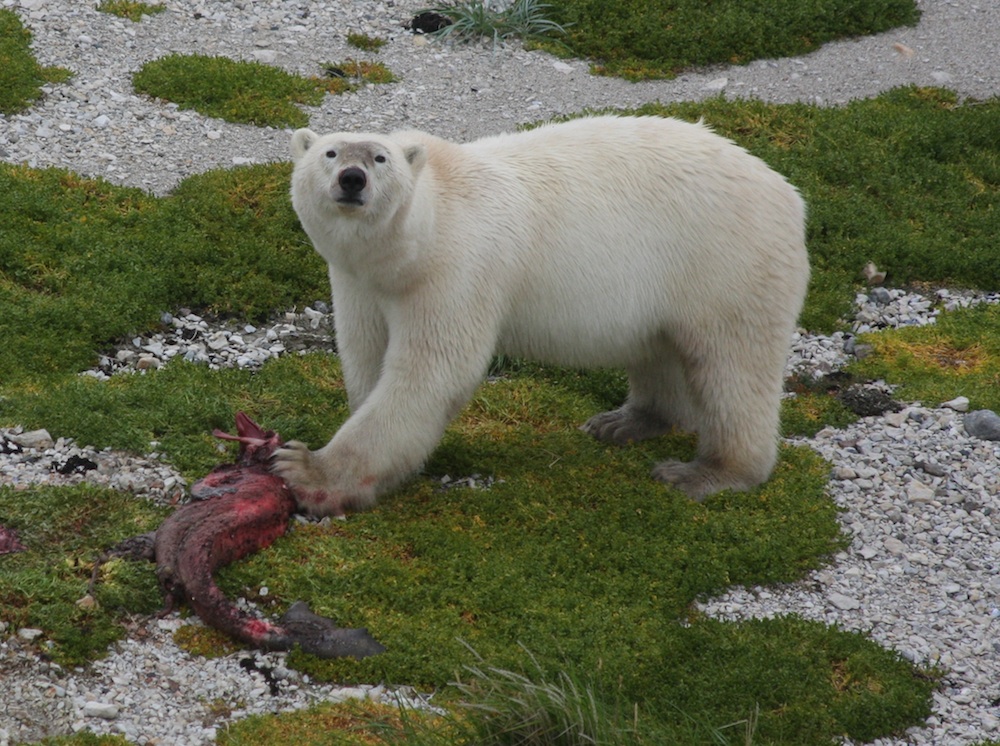
Historically, polar bears have mainly hunted for seals in gaps in the sea ice.
Snow geese
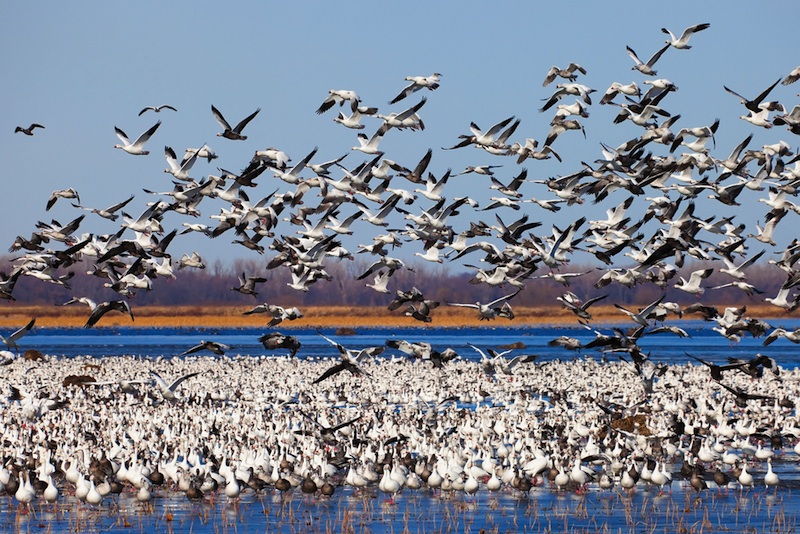
When the sea ice melts in summer, polar bears come ashore. Then they also eat land-based foods such as snow geese.
Scat-sniffing dog
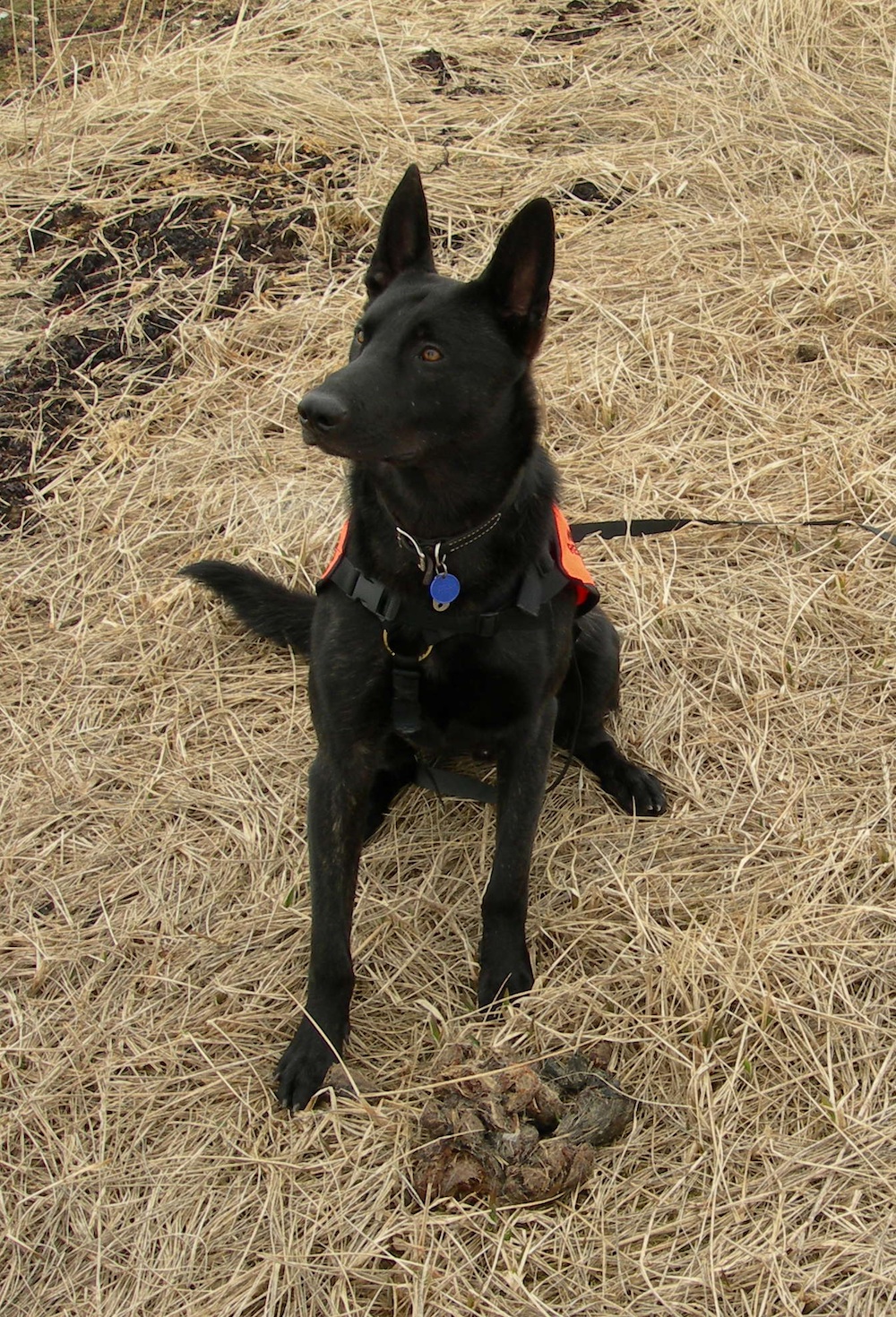
To see how climate change had affected polar bear diet, Linda Gormezano, a researcher at the American Museum of Natural History, and her colleagues, used a Dutch Shepard dog named Quinoa to find polar bear scat.
Ice dog
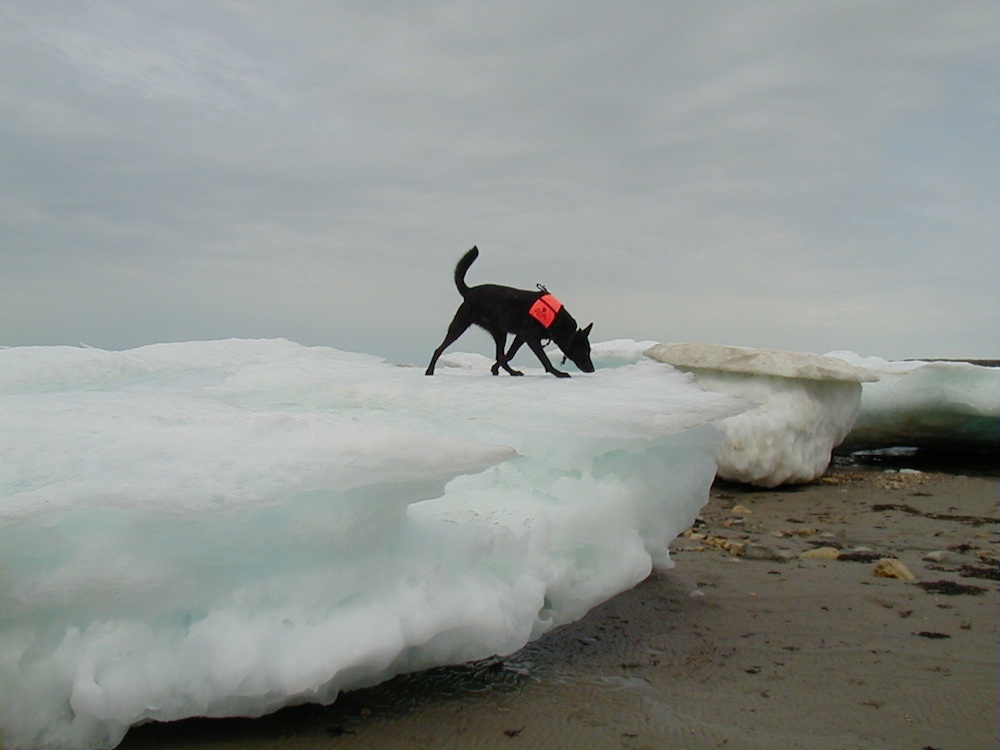
The dog found many piles of scat, and the team analyzed the contents.Here, quinoa sniffs for scat on an ice flow.
New diet
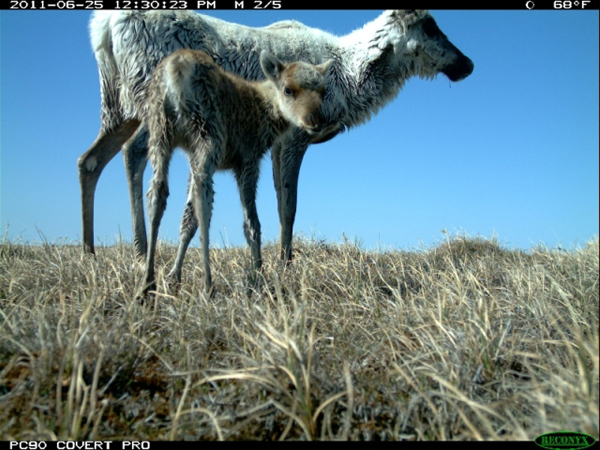
Compared to the 1960s, the polar bear diet had changed. They now prey upon caribou, whose populations have boomed in the area
Get the world’s most fascinating discoveries delivered straight to your inbox.
Caribou carcass
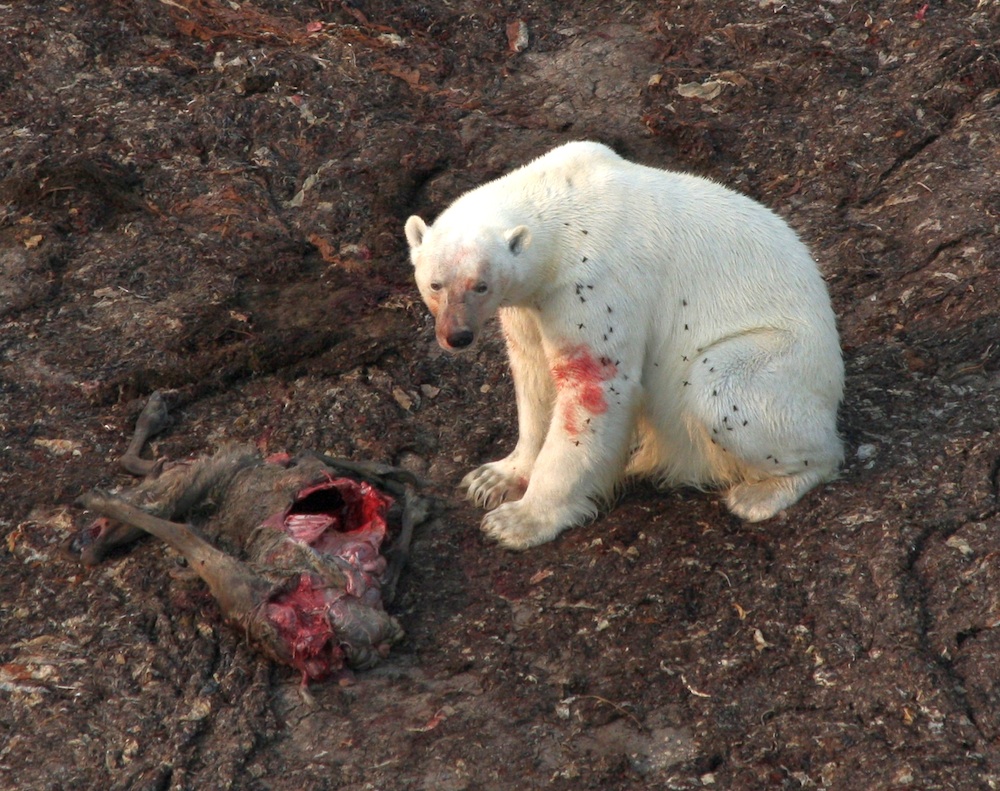
Here, a polar bear with a caribou carcass.
Goose eggs

Because the polar bears come ashore earlier, they are now on land when lesser snow geese are nesting, and now eat goose eggs as well.

Tia is the editor-in-chief (premium) and was formerly managing editor and senior writer for Live Science. Her work has appeared in Scientific American, Wired.com, Science News and other outlets. She holds a master's degree in bioengineering from the University of Washington, a graduate certificate in science writing from UC Santa Cruz and a bachelor's degree in mechanical engineering from the University of Texas at Austin. Tia was part of a team at the Milwaukee Journal Sentinel that published the Empty Cradles series on preterm births, which won multiple awards, including the 2012 Casey Medal for Meritorious Journalism.


